Red colour is crucial in food and beverage products being a primary colour to evoke sweetness, berries, spice and certain meats. This article delves into the range of natural red food colouring options including their status under EU law, with a particular focus on the Additives law EC 1333/2008 and Purity Criteria EU 231/2012. We’ll explore the chemical properties, applications, and regulatory considerations of carmine, beetroot, lycopene, red cabbage, and beta carotene red-shade across various food industry sectors.
 Carmine (E120)
Carmine (E120)
Carmine, derived from cochineal insects, has been a staple in the food industry for centuries. Its vibrant red hue and stability make it a popular choice, but its animal origin poses challenges in certain markets.
Chemical Properties:
- Molecular formula: C22H20O13
- Solubility: Poor in water, good in alcoholic solutions
Regulatory Considerations: Under EU 231/2012, carmine must contain not less than 2.0% carminic acid in the extracted colourant. It’s crucial to note that carmine is not considered vegan and is halal in most but not all markets.
Industry Applications:
- Dairy: Excellent for yogurts and ice creams due to its stability in acidic environments
- Confectionery: Provides a deep red colour in candies and chewing gums
- Beverages: Limited use due to other pigments being more suitable
Beetroot Red (E162)
Beetroot extract offers a natural alternative to synthetic colourants, appealing to the growing consumer demand for plant-derived clean label products.
Chemical Properties:
- Primary pigment: Betanin
- pH sensitivity: Colour stability decreases at higher pH levels
Regulatory Considerations: EC 1333/2008 classifies beetroot red as a Group II food colour, allowing its use quantum satis in most food categories. However, manufacturers must ensure the extract meets the purity criteria outlined in EU 231/2012.
Industry Applications:
- Bakery: Can be used at high dose for red velvet cakes and pastries
- Meat: Used in processed meat products as a natural alternative to carmine
- Beverages: Popular in fruit juices and smoothies
Lycopene (E160d)
Lycopene, primarily extracted from tomatoes, but also available as synthetic, provides a range of red to orange hues and boasts potential health benefits.
Chemical Properties:
- Molecular formula: C40H56
- Highly sensitive to oxidation and light
Regulatory Considerations: EU 231/2012 specifies that lycopene must contain not less than 95% total lycopenes. Manufacturers must implement stringent quality control measures to ensure compliance.
Industry Applications:
- Dairy: Suitable for flavoured milk and yogurt drinks
- Confectionery: Used in hard-boiled sweets and chewing gums
- Beverages: Applicable in sports drinks and fruit-flavoured beverages
Red Cabbage Extract
While not assigned a specific E number, red cabbage extract is gaining traction as a natural colourant option.
Chemical Properties:
- Primary pigments: Anthocyanins
- Highly pH-sensitive, ranging from red in acidic conditions to blue in alkaline environments
Regulatory Considerations: Red cabbage extract falls under the category of fruit and vegetable juices or concentrates used for colouring purposes, as per EC 1333/2008. Its use is permitted quantum satis (no dose limit) in most food categories.
Industry Applications:
- Bakery: Excellent for pH-sensitive applications like muffins and cookies
- Beverages: Ideal for sports drinks and flavoured waters
- Confectionery: Used in gummies and soft candies
Beta Carotene Red-Shade (E160a)
Synthetic beta carotene can be tailored to produce red hues, offering a stable alternative to natural sources.
Chemical Properties:
- Molecular formula: C40H56
- Oil-soluble and heat-stable
Regulatory Considerations: EU 231/2012 mandates that beta carotene (E160a(i)) must contain not less than 96% total colouring matters. Manufacturers must ensure compliance with specific purity criteria.
Industry Applications:
- Dairy: Suitable for cheese coatings and butter
- Beverages: Used in energy drinks and flavoured waters
- Meat: Applicable in sausage casings and meat analogues
Comparative Analysis for Food Industry Sectors
When selecting the optimal red colourant for specific applications, manufacturers must consider factors such as pH stability, heat resistance, and regulatory compliance. Here’s a brief comparison:
- Bakery: Beetroot red, carmine, and red cabbage extract offer natural options with good stability in baked goods. However, for products with longer shelf lives, synthetic options like Beta carotene may be preferable.
- Beverages: Lycopene and beta carotene provide excellent stability in both still and carbonated drinks. For natural positioning, beetroot red is a strong contender, especially in low pH formulations.
- Confectionery: Carmine remains a top choice for its vibrant colour and stability. For vegan options, beetroot red and lycopene offer viable alternatives, though colour intensity may be compromised.
- Dairy: Carmine excels in yogurt and ice cream applications. For clean label products, beetroot red and red cabbage extract can be effective, particularly in shorter shelf-life items.
- Meat: Carmine and Beta Carotene provide stable colouring in processed meats. Beetroot red offers a natural alternative but may require additional stabilization measures.
Other Red Options
Other natural red colour options exist, these include:
Anthocyanins E163 – Though these are typically associated with purple tones, these can be red in shade at lower pH levels making them suitable for red-shade in acidic beverage, dairy and confectionery products.
Paprika extract E160c – Available as a liquid (Oleoresin) or powder, paprika is used in seasonings and meat applications to give an orange-red hue. It is also commonly used in tomato and barbecue sauce applications.
Elderberry juice concentrate – With it’s clean label declaration Elderberry juice can be used as a colourant in beverages, jams and jellies, and syrups. Though technical issues can arise using this (such as ‘ringing’ in beverages) since it is not developed specifically as a colour.









